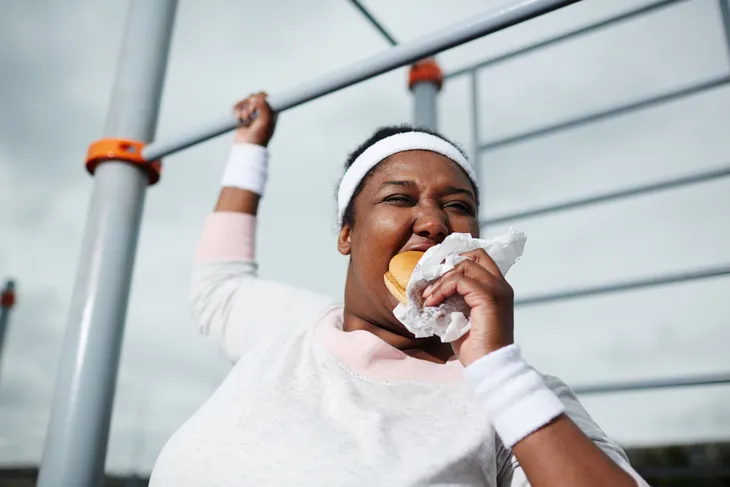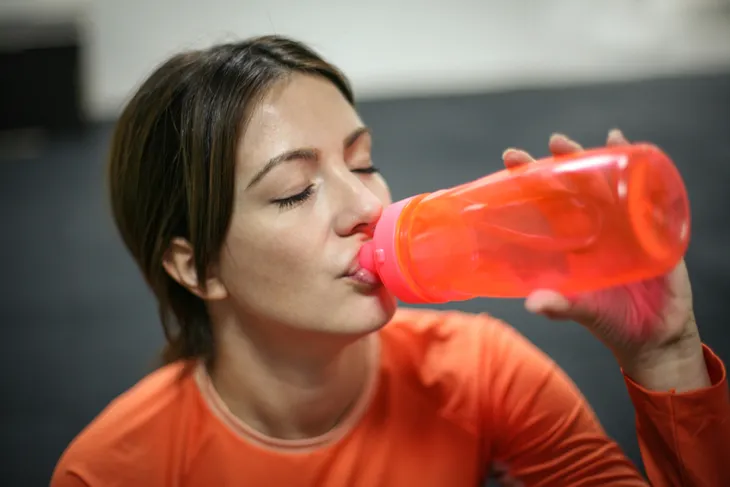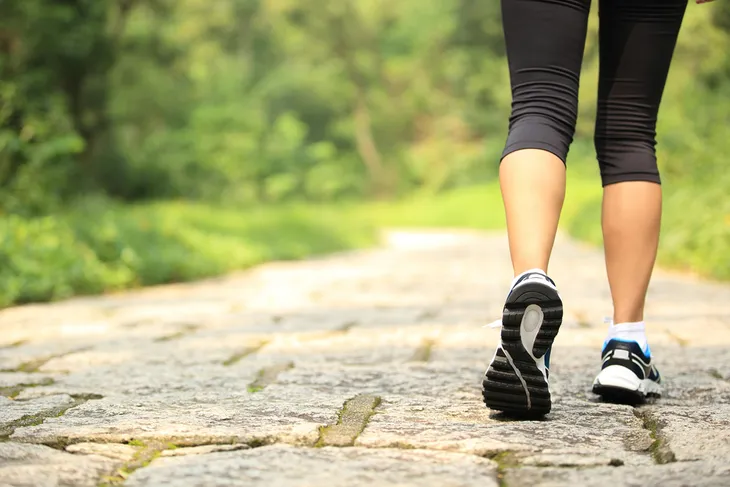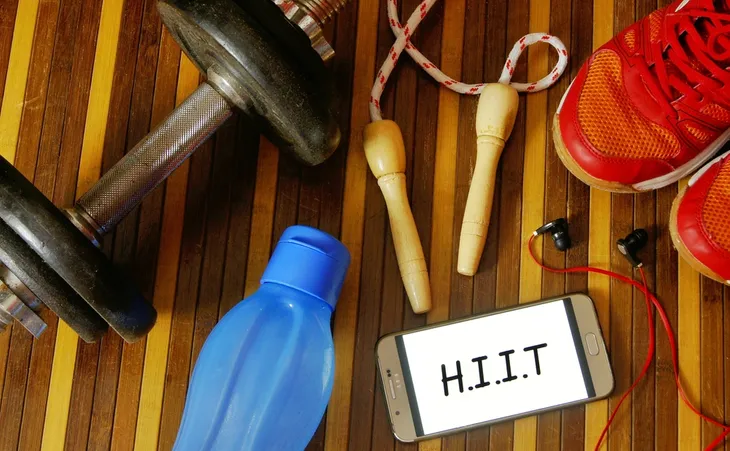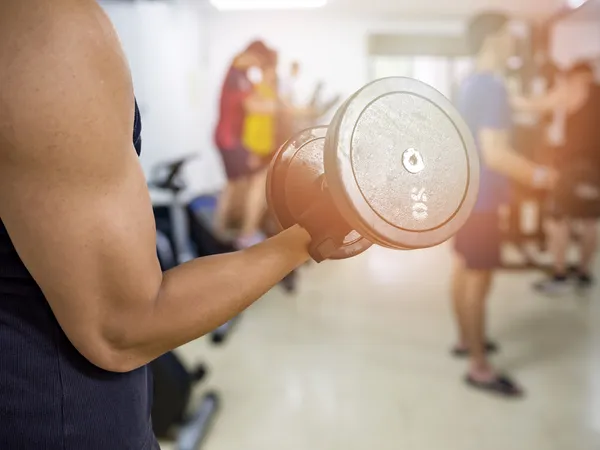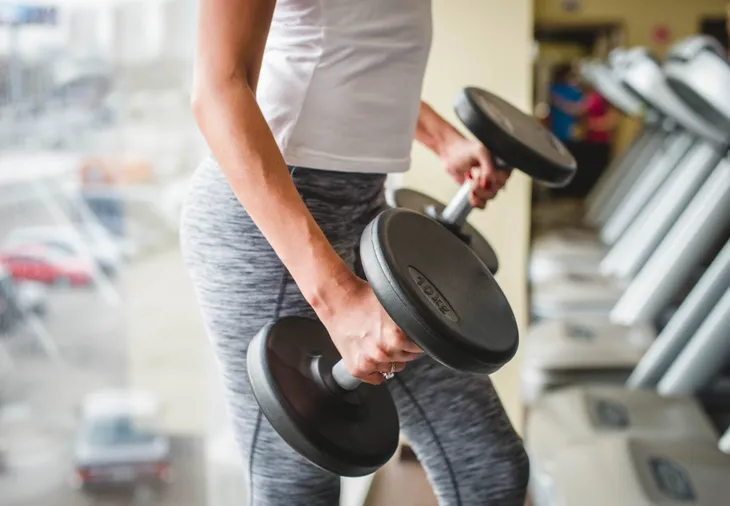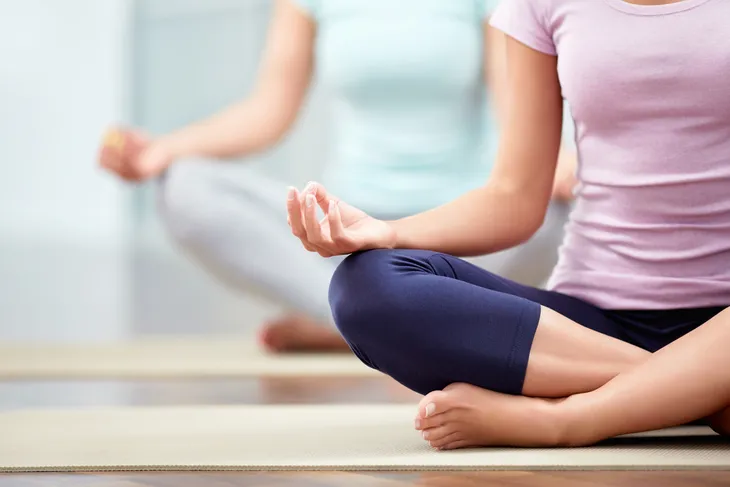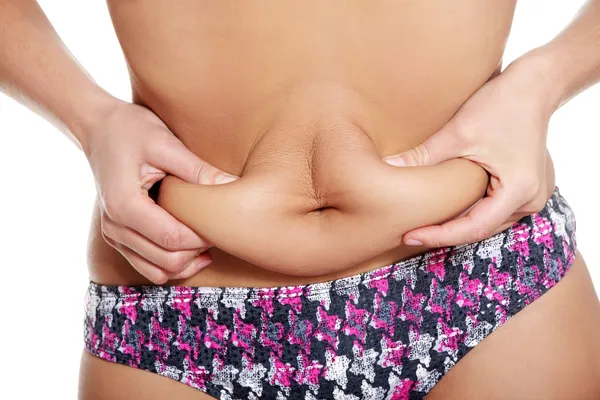Exercise is something we hear a lot about from medical professionals and the media, but how much of it is true? Sure, almost everyone can agree that a certain amount of exercise is beneficial to your overall health, but what happens when you have the wrong information?
Having a personal trainer or doctor-recommended workout routine can be helpful to avoid exercise pitfalls. Let’s take a look at 14 common (and potentially dangerous) misconceptions about exercise…
The Weight is Not Over
Many people engage in exercise programs for one reason only: to lose weight. While cutting your weight if you’re obese can help lower the risk of high blood pressure and diabetes, it’s not the only approach you should be taking.
An article in the New York Times explains that how much you consume is a bigger factor than exercise when it comes to shedding pounds. This is because “exercise consumes far fewer calories than many people think,” notes the article. Burning off 350-calories during an exercise routine once a day won’t do much for someone consuming 1,000-calories a day, it adds.
Mourning the Morning Workout
Respect for all those people who get up at 5 a.m. so they can slip in a workout before they hit the office. However, there’s definitely nothing written in stone that says the morning workout is the best workout.
However, you may want to consider giving your pillow a little more snuggle time in the morning, says Thrillist.com. It points to a review of 70-studies comparing morning and evening exercise, which found there was no big advantage for either one. It may be more about the type of exercises and the person doing them, it adds.
Crunching the Data About Abs
If your goal is to lose that belly fat and expose those beach-worthy abs, then doing crunches or spending more time on an ab machine isn’t the best route to go, according to WebMD.
While an ab machine at the gym might “help strengthen the muscles around your midsection and improve your posture,” revealing your abs is about reducing body fat, it adds. Unfortunately, you can’t “pick and choose” places to lose fat, even with ab-specific workouts, it adds.
Sweating Doesn’t Mean a Better Workout
If you get excited when you break a sweat because you think those are calories melting away in the form of water, then think again, says Self.com.
You sweat because your core temperature has risen, not because your body is magically dumping fat. Sweating is related to how hard you work out, but so is the ambient temperature in the room or the outside environment, adds the source. If it’s humid out, sweat won’t evaporate as easily so you’ll feel sweatier – don’t push yourself to sweat more in hot, humid weather because your body can’t regulate internal temperature as well, warns Self.
You Don’t Have to Do It Daily
The same source throws this thinking out the window. This is because when you work out, you’re actually breaking down muscle fibers – it’s the time in between that allows the muscles to heal and get stronger, says Self.com.
The source says you should allow 1 or 2-days a week of “active recovery rest days,” meaning you should focus on lower-impact activities like stretching or taking a nice stroll in the park.
You Can Shorten Your Workout
There’s another school of thought that says if you don’t work out for at least 45-minutes, you’re wasting your time. It comes down to the intensity and type of workout, so this isn’t a hard-and-fast rule.
In fact, a blog post from the New York Times suggests just 1-minute of “all-out exercise” may be the equivalent of 45-minutes of moderate exertion, which is backed up by a study on interval training. This is not to suggest you should take this approach, but you don’t have to set the timer for 45-minutes every time you exercise.
Take Strength Training to Heart
If you’re only doing cardio, that’s okay, but you’re probably not going to see the kind of results you’re aiming for. An article from Women’s Health encourages women to step off the treadmill and head into the weight room.
Cardio training has lots of benefits, including making you feel good thanks to the endorphin rush, but “cardio-only movements mean you miss out on your body’s other muscular needs,” explains the source. Your balanced workout should include cardio, muscular (resistance training), and flexibility training, it adds. Your cardio-only routine may burn less calories as your body becomes more used to it, adds the source – and more muscle means more energy being used (and more fat being burned).
Amassing Knowledge About Building Mass
If you’re a woman, then lifting heavy weights won’t help you achieve that sculpted, competition-worthy body you’re dreaming about. Shape lists 5-ways lifting weights won’t help you bulk up.
Lifting weights will burn more calories by increasing your lean body mass, explains the source. The bottom line is that you can achieve a great looking body (and feel great too) by lifting weights, but it’s not going to turn you into She-Hulk. To gain mass, you have to load up on calories too – best to consult a trainer to achieve this kind of result.
Running Won’t Necessarily Hurt Your Knees
WebMD addresses the “rumor” that running will wear down your knees. In fact, the source says the myth is so widespread that there’s a medical name for knee pain from running called patellofemoral pain syndrome (PFPS) or “runner’s knee.”
However, you won’t put any undue strain on your knee joints if you run properly, says the source. It also points to a study of about 75,000-runners that debunks the notion that running raises the risk of osteoarthritis. “In fact, runners in the study were found to be in less jeopardy of arthritis than their non-active counterparts,” it adds. Poor running form is the culprit here.
Yoga Definitely is a Workout
If you don’t think yoga is an effective exercise, then you probably haven’t tried it. Greatist.com explains that while yoga may not be the equivalent of a treadmill session, it has other great benefits that shouldn’t be ignored.
Not only is it a great way to increase flexibility (which can help reduce the chance of injury when you’re doing your other exercises), it’s also an effective way to reduce anxiety and stress, as well as increase quality of sleep, adds the source.
You Can’t Spin Fat Into Muscle
According to science, you can’t just magically turn fat into muscle by working out, says MuscleForLife.com. “It’s physically impossible,” it quips. You can, however, reduce fat while increasing muscle mass, giving the appearance you’ve traded one for another, adds the source.
Fat and muscle are 2-very different tissues with different functions in your body, it adds. Muscle is mostly comprised of protein, water and glycogen, while fat is mostly made up of triglycerides – which are fatty acids. Workout out won’t change their composition.
No Pain, No Gain?
If you don’t feel sore after a workout, then you didn’t do it right, right? Wrong, says Self.com. “While soreness and workout intensity are sometimes connected, how tired your muscles feel isn’t always a good indicator of a solid sweat session,” it notes.
But the pain is just an indication you put a lot of stress on your muscle tissue, says the source. You can still reap the benefits of a great workout without feeling pain every time you move or take a step the next day. Properly eating and hydrating within 45-minutes of your session and getting a proper sleep will also help reduce post-workout pain, it adds.
Don’t Always Sport the Sports Drinks
We’re not saying sports drinks are bad for you – in fact, an article from Healthline points out many positives of using sports drinks during vigorous workouts including the fact they contain sugar and “electrolytes” (sodium and potassium) that are lost during long-duration workouts.
However, what if you’re doing a light workout, or sitting on the couch watching the Olympics? Maybe not the best idea to down sports drinks all day, as they contain quite a bit of sugar – and may even be contributing to child obesity, notes the source. “For people who are less active, getting extra sugar and sodium throughout the day isn’t necessary or recommended,” it says.
Once a Week is Not Usually Enough
Women’s Health has some good news and bad news for those who only have time or the motivation to workout once a week. The World Health Organization has a guideline for 150-minutes of moderate activity per week, and theoretically you can hit that in 1-“torturous” workout session weekly, it notes.
However, spacing out your exercise to 3 to 5-times a week could be more beneficial, it adds, noting that “regularly exercising is very likely to make you even healthier than those who work out here and there”. Also, 22-minutes per day of activity is a lot more manageable than 150-minutes at once. If you only have time for 1-session, then aim for strength training paired with high-intensity interval training, suggests the source.

